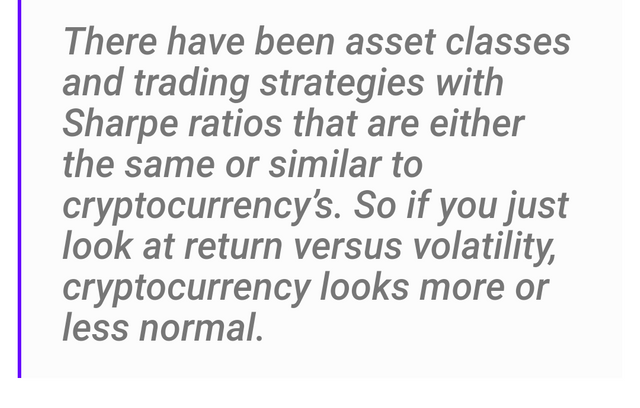Yale Economist Thinks You Should Hold 6% of Your Portfolio in Bitcoin

Aleh Tsyvinski, the Arthur M. Okun Professor of Economics at Yale, believes that investors who are bullish on Bitcoin should look to hold 6% of their digital currency portfolio in BTC.
In a recent interview with YaleNews, Tsyvinski breaks down the findings of a recent study he published in the National Bureau of Economic Research. The study primarily focused on three digital assets, including Bitcoin, Ethereum, and Ripple (XRP) in an effort to identify their basic properties and compare them to other asset classes.
Tsyvinski’s analysis found that based on numerous factors, cryptocurrencies can neither be classified as similar to stocks or traditional currencies, including the Euro, Australian dollar, Canadian dollar, Singaporean dollar and the British pound.

These classifications extended into the ability of the digital assets to disrupt various markets. Tsyvinski reviewed market sentiment from 354 industries in the United States and 137 industries in China, finding that Bitcoin has the potential for positive disruption in both healthcare and consumer goods industries, but not within the finance, retail and wholesale industries.
Conversely, the same analysis for Ethereum showed that the market perceives Ethereum technology as a potential disruptor in the financial industry. Tsyvinski concludes that this is perhaps due to the potential applications of smart contracts within financial institutions.
From an investment and trading strategy perspective, Tsyvinski compares Sharpe ratios, a measure that indicates the average return minus the risk-free return divided by the standard deviation of return on an investment, between digital currencies and other asset classes. Surprisingly, Tsyvinski finds that the Sharpe ratio for cryptocurrencies is slightly higher than for stocks and bonds, meaning the commonly referenced volatility should not dissuade the investor interest.

Other ratios, including the cost of mining to produce cryptocurrencies and price-to-fundamental standing, showed to have little to no correlation with price or future outcomes. Interestingly, the study shows that cryptocurrencies future returns are most highly correlated with price momentum and social attention.
To conclude, Tsyvinski states that investors should base the percentage of bitcoin within their portfolio on their individual belief in its potential value. Investors who believe Bitcoin will perform as well as it has historically should hold 6% of your portfolio in Bitcoin while investors who believe that it will do half as well should hold 4%.
Regardless, Tsyvinski is adamant that investors should allocate at least 1% of their portfolio to Bitcoin moving forward.